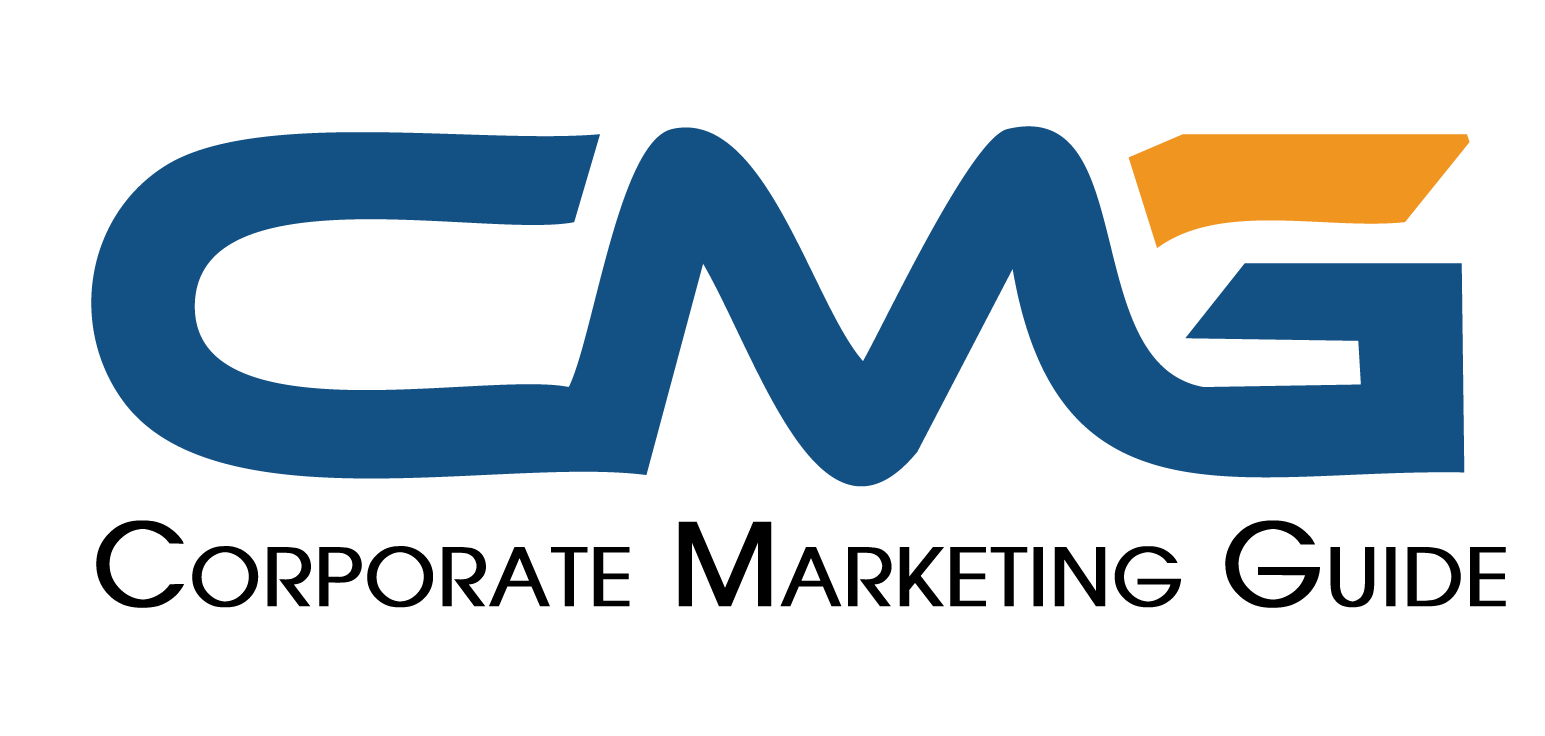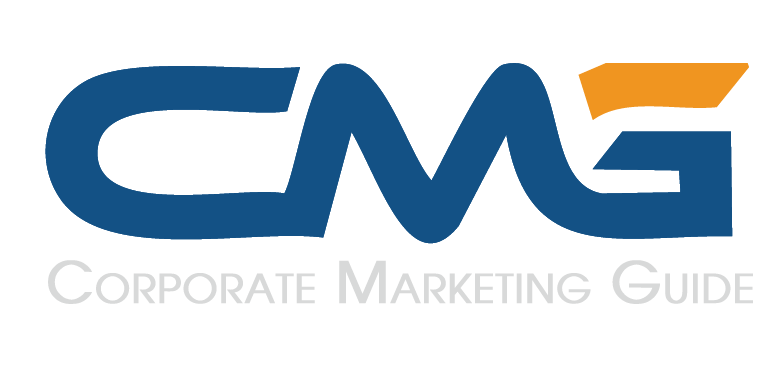Managing your ad spend effectively is crucial for maximizing the return on investment (ROI) of your LinkedIn advertising campaigns. With LinkedIn’s ability to reach highly targeted audiences in the professional sphere, it’s no surprise that marketers are eager to make the most of their ad budgets. However, without a strategic approach, it’s easy to overspend or miss out on valuable opportunities. To help you get the best results, let’s explore some LinkedIn ad best practices for budget management.
Understanding the Importance of LinkedIn Ad Best Practices
Effective budget management starts with a deep understanding of LinkedIn ad best practices. These practices involve not just how much you spend, but how you allocate and optimize that spending to achieve the highest impact. LinkedIn offers various ad formats, targeting options, and bidding strategies, which means there’s no one-size-fits-all approach. However, by following industry-proven methods, you can stretch your budget further and achieve better results.
The first step in optimizing your LinkedIn ad spend is to align your budget with your campaign goals. Are you looking to drive brand awareness, generate leads, or boost conversions? Each objective may require different strategies and budget allocations. By setting clear goals from the outset, you can better determine how to distribute your budget across different campaigns, ad formats, and targeting options.
Setting Realistic Budget Expectations
One of the most common pitfalls in LinkedIn advertising is underestimating the cost needed to achieve significant results. LinkedIn ads can be more expensive than those on other platforms like Facebook or Google due to the high-quality, professional audience it attracts. This makes it essential to set realistic budget expectations based on your specific goals and the competitive nature of your industry.
To determine an appropriate budget, consider factors such as your industry’s average cost per click (CPC), the size of your target audience, and the expected conversion rate. LinkedIn’s campaign manager provides tools to estimate your budget requirements, but it’s also wise to monitor your campaigns closely and adjust your budget as you gain insights into performance.
Prioritizing High-Performing Campaigns
A key aspect of LinkedIn ad best practices is knowing when to reallocate your budget. Not all campaigns will perform equally well, so it’s important to identify which ones are delivering the best results and prioritize them. This may mean pausing underperforming ads and diverting funds to campaigns that show higher engagement or conversion rates.
Start by reviewing the performance metrics of each campaign. Look at key indicators such as click-through rates (CTR), conversion rates, and cost per conversion. If a particular campaign is consistently outperforming others, consider increasing its budget to capitalize on its success. Conversely, if a campaign is not meeting expectations, analyze what might be going wrong and either optimize or reduce its budget.
Leveraging LinkedIn’s Bidding Options
LinkedIn offers several bidding options, each with its own advantages depending on your goals and budget. Understanding these options is critical for effective budget management. The main bidding strategies include:
- Cost Per Click (CPC): Ideal for driving traffic to your website, CPC bidding allows you to pay only when someone clicks on your ad. This option is best when your goal is to generate leads or encourage specific actions.
- Cost Per Impression (CPM): If brand awareness is your primary objective, CPM bidding charges you based on the number of impressions your ad receives. This is suitable for campaigns where reaching a large audience is more important than direct engagement.
- Cost Per Send (CPS): Used for LinkedIn Message Ads, CPS charges you for each message that is successfully delivered. This can be effective for highly targeted campaigns with personalized messaging.
Choosing the right bidding strategy can significantly impact how far your budget goes. For instance, if your primary goal is lead generation, CPC might offer better value for money compared to CPM, where you’re paying for visibility rather than direct interaction.
Continuous Monitoring and Optimization
Budget optimization isn’t a one-time task—it requires continuous monitoring and adjustments. As your campaign progresses, regularly review performance data to ensure your budget is being used effectively. LinkedIn’s analytics tools allow you to track various metrics in real-time, making it easier to spot trends and make informed decisions.
A well-defined LinkedIn strategy includes not only budget management but also ongoing performance analysis and adjustments. Consider setting up automated rules within LinkedIn’s campaign manager to help manage your budget more efficiently. For example, you can set a rule to increase the budget for high-performing ads or reduce spending on ads that aren’t meeting specific benchmarks. This proactive approach ensures that your budget is always aligned with your campaign’s current performance.
Experimenting with A/B Testing
A/B testing is another essential component of LinkedIn ad best practices. By running A/B tests on different ad variations—such as headlines, images, and CTAs—you can determine which elements resonate most with your audience. The insights gained from these tests can help you allocate your budget more effectively, focusing on the ads that deliver the best ROI.
For instance, if one version of your ad consistently outperforms others in terms of click-through or conversion rates, it makes sense to increase its budget while scaling back on less effective variations. Over time, A/B testing allows you to fine-tune your campaigns and improve their overall cost-efficiency.
Conclusion: Mastering LinkedIn Ad Best Practices for Budget Optimization
Optimizing your LinkedIn ad spend requires a combination of strategic planning, continuous monitoring, and flexibility. By adhering to LinkedIn ad best practices—such as setting realistic budgets, prioritizing high-performing campaigns, and leveraging the right bidding options—you can maximize the impact of your advertising dollars. Ultimately, the goal is to achieve the best possible results without overspending, ensuring that your LinkedIn ads drive meaningful outcomes for your business.



